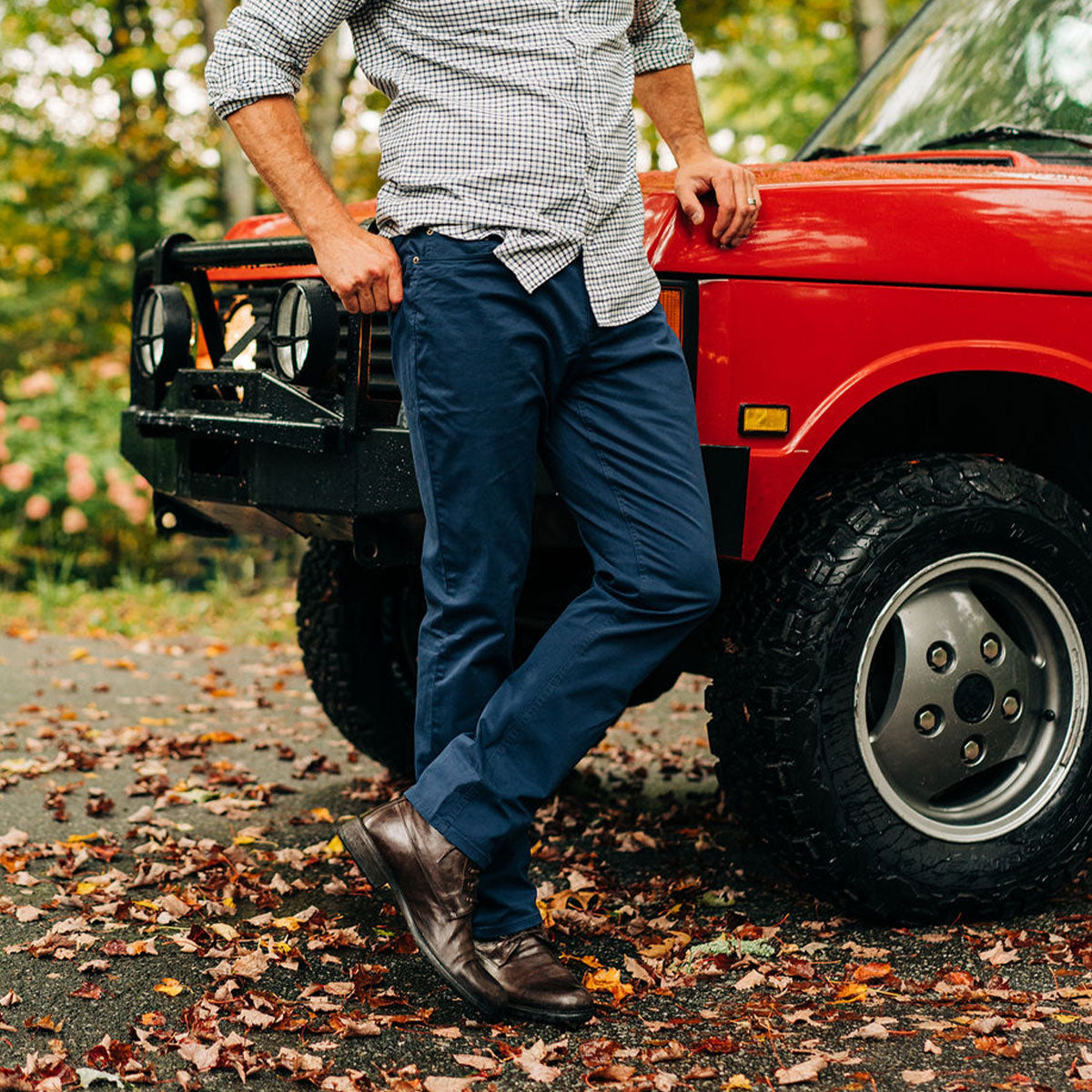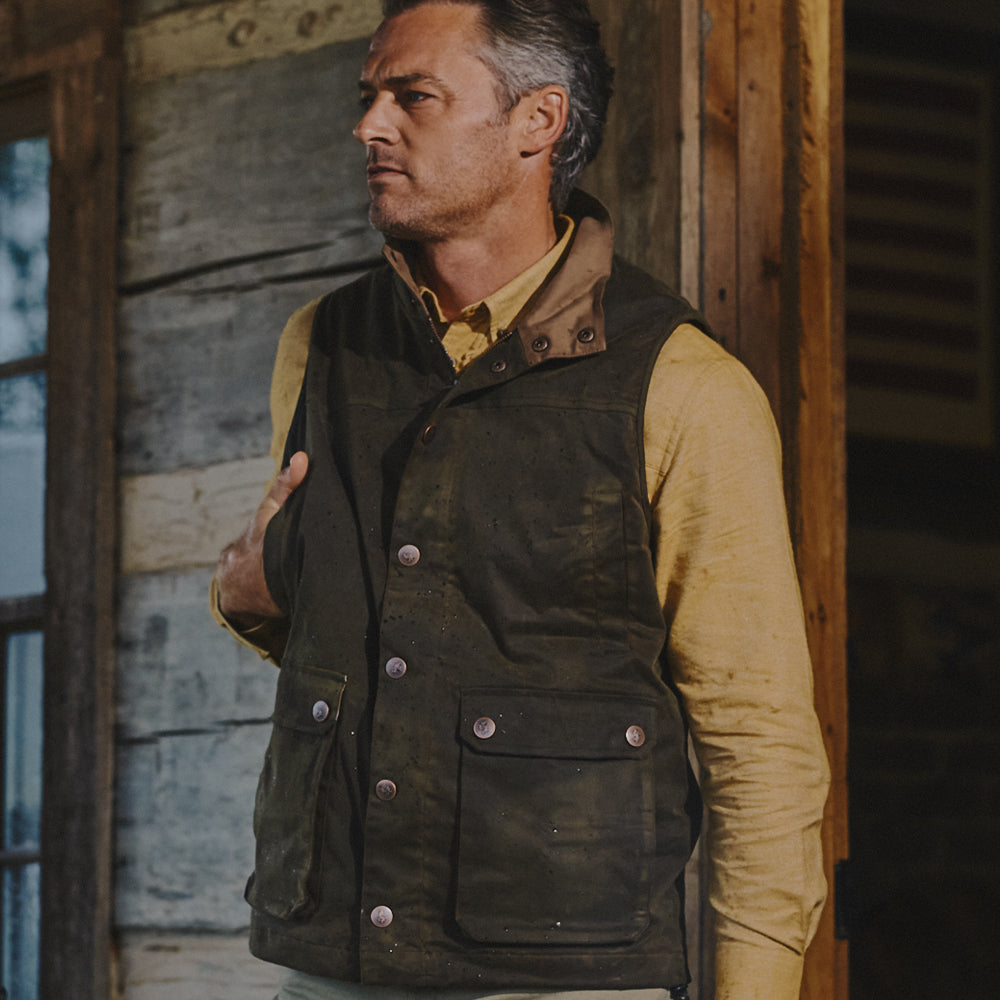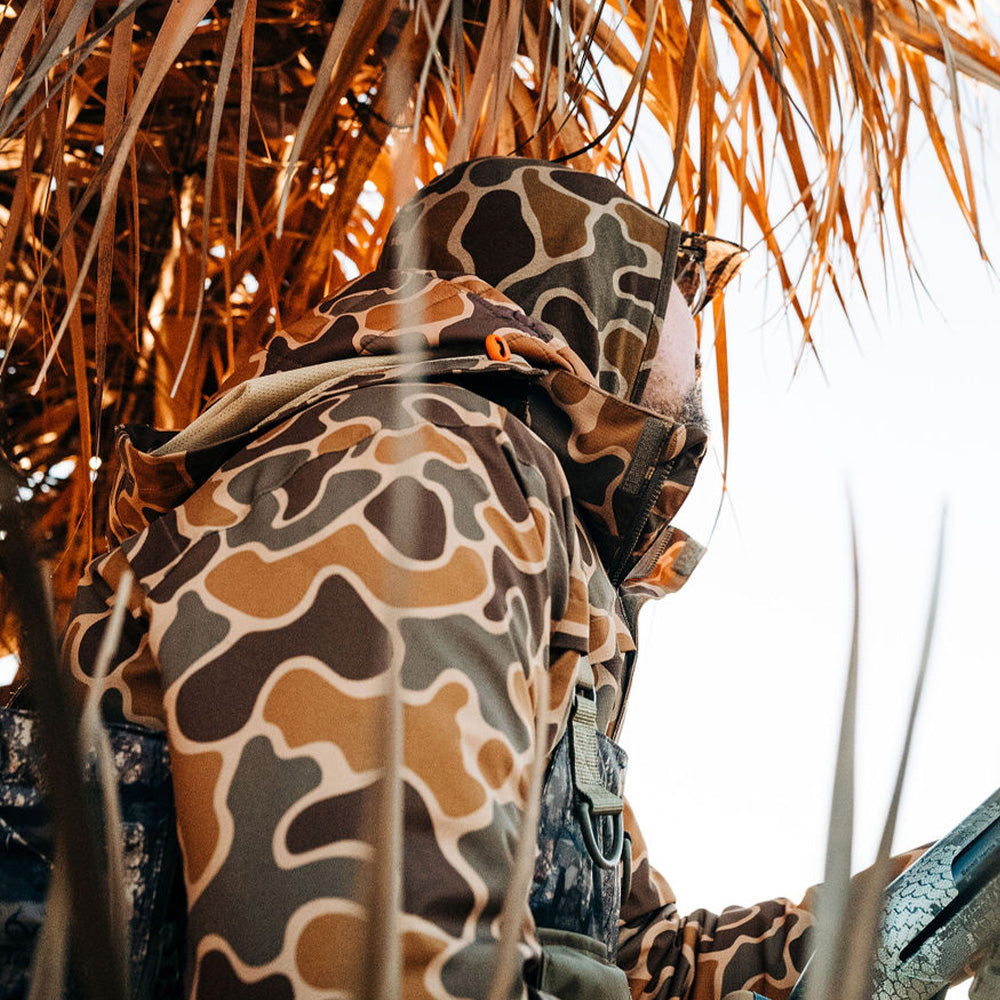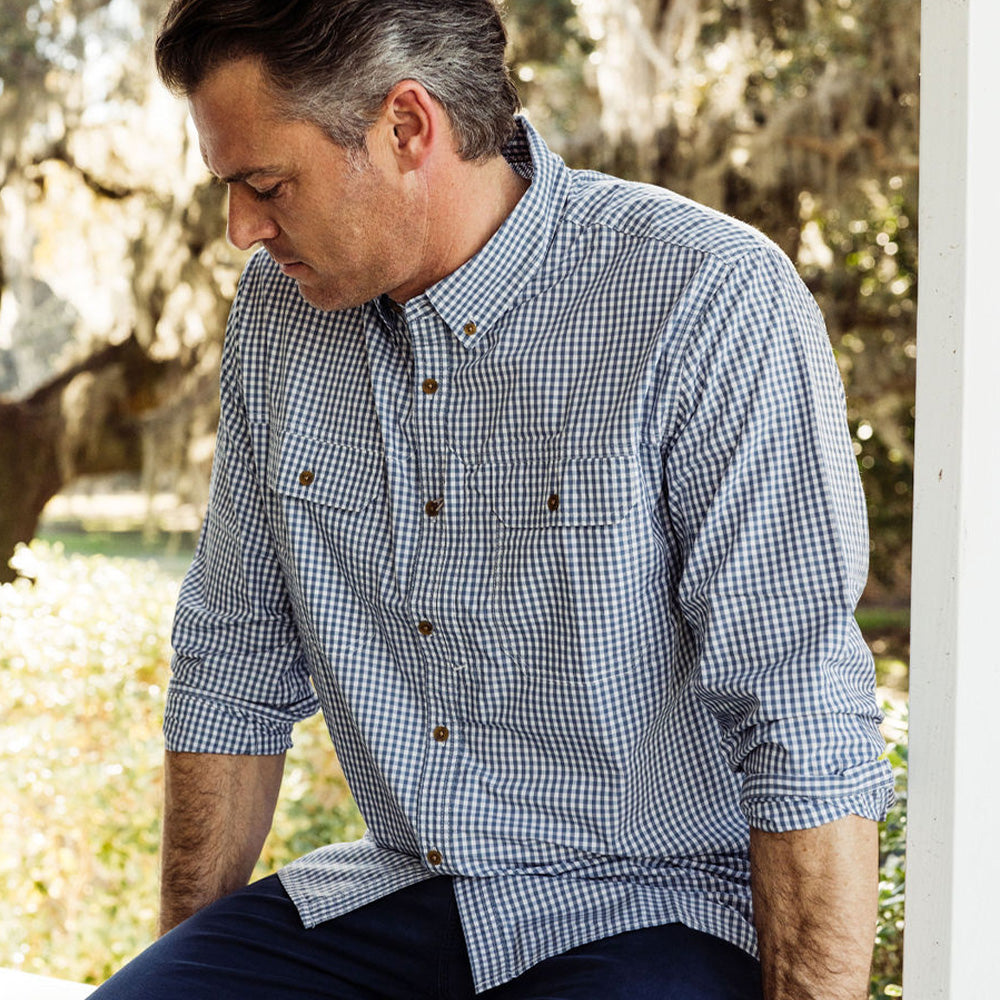Article: I've Always Wanted To Try: Fly Fishing
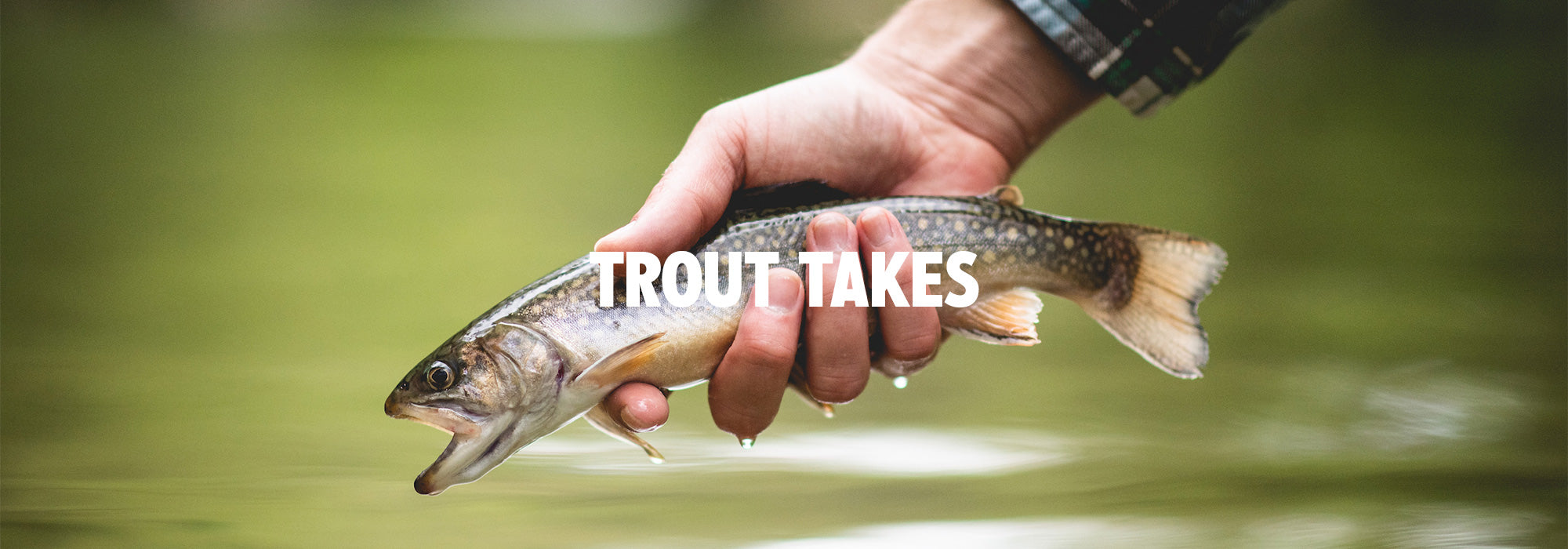
I've Always Wanted To Try: Fly Fishing
New hobbies can be intimidating, especially those like fly fishing, which have been made, in our humble opinion, to seem more complicated than it is in practice. And, like most things in life, there are decisions to be made.
We’ve compiled our KISS principle list to get you out there, because once you do...you’re hooked. (apologies, had to.)
The Rod
The P**demic was one the craziest times in recorded history for outdoor pursuits...almost everyone got into fly fishing. If you're reading this, you're likely one of the few hold-outs. That said, the industry responded and a slew of entry-to-novice level rods hit the market and lowered the entry-level price point to something more palatable.
Our favorite? The Temple Fork Outfitters Pro III. No fancy business here. Just a very high quality rod for a very easy-to-stomach price. The lifetime warranty is a huge bonus, but you will break a tip. Don't stress, it happens, and they'll fix it.
The Reel
Going fly fishing in Appalachia' can land you on some bigger fish, no doubt about it, but do you need the newest in technology and/or materials? Nope. Instead go for durability and quality. Our picks is the Cheeky PreLoad. Comes ready-to-go with backing, fly line, and a leader (you'll want to replace this...more on that later) so you can hit the water right away. Cheeky makes some of the most bomb-proof reels we've ever held or used.
Where To Go
You got your rod, you've got your reel, and now you need fishable water. The Blue Ridge Mountains hosts one of the best fisheries in the country, bar none. And it can be intimidating to figure out a place to go first, but don't worry about that. The simple answer: Hire a guide. Yes, it costs more money, but the alternative is spending a LOT of time driving backroads and looking for fishable water. There are a few apps out there, notably Trout Routes, but you still have to spend the time on the road. Guides (the good ones) are an incredible resource for new adopters in the fishing world. They want you to love it, it's great for business. Build a relationship with a guide and it will pay off.
All the Other Stuff
You're going to need some basic tools like pliers/hemostats like the Loon Classic Forceps, a good (but not fancy) fly pack (we're loving the Filson Compact Waist Pack), a fly box with a basic stream assortment of flies, and some leaders and tippet. Outside of flies, this is going to be the #1 consumable. A new leader is like a fresh pair of socks straight out of the drier. Remove the leader from the Cheeky reel and replace it with a brand-new one from a brand like Rio. It's the only thing connecting you to the fly and having a fresh one provides the best presentation of the fly to the trout...which leads us to the last thing...casting.
The fly cast as much feel as it is technique. Both are improved with practice. Want a head start? There are tremendous amount of videos on the interwebs to help you get started and/or get lost in the weeds but our favorite is the teachings from Kristen at Trout Psychology on Instagram. Check it out, grab the rod, find an open space, and practice. Once you have the fly landing softly on the grass, you're good to go. Remember: You are casting THE LINE, not the fly. That’s what the rod is designed to do - to cast line - help it do it's job. The fly is just along for the ride.
And There You Have It...
That's the basics from gear, where to go, and how to cast. As always, if you have any questions, want to dive deeper, or just want to talk fishing, our shopkeepers are here to help.
Tight Lines! (that's the common salutation amongst the fishing community FYI)


